Sound familiar? If you have ever found yourself in such a heart-sinking situation, you're definitely not alone. Loss of data from an SD card is a common nightmare haunting most Android users at times, quite unpredictably.
But don't panic just yet! This comprehensive guide will walk you through the ins and outs of SD card data recovery on Android. We are going to explain why mysteriously files just vanish if it's possible to recover them at all and give a step-by-step guide on how to use SD card data recovery software for Android to save your precious data.
By the time you have read to the end, you will be equipped with what you need to take on any form of loss in terms of data on your SD card so that you can get back what is irretrievable in memories or key files.
In this article
Why Does File Deletion on SD Cards Happen?
Knowing how data is frequently lost on an SD card will help you in preventing such incidents in the future. Here are a few reasons:
- Accidental Deletion: Due to small touchscreens, human error frequently results in unintentional deletion of files.
- Improper Ejection: Improper ejection of the SD card may result in the corruption of its file system.
- File System Corruption: The card's file system can get damaged due to a power failure, software bugs, or even malware.
- Physical Damage: Dropping the phone or exposing the card to extreme conditions may result in loss of data.
- Formatting Errors: Accidental formatting of the card or choosing the wrong type of format will delete the data.
- Software Conflicts: Various application and system conflicts can cause the files to appear as deleted or inaccessible. Malware or Virus Infections: Although very rare on Android, malware can delete or even encrypt files.
- Wear and Tear: The SD cards themselves are not designed to live forever and may stop functioning once they reach their read/write limit.
Keeping these possible reasons in mind will help you take precautionary measures to reduce the possibility of data loss from the Android device's SD card. Sometimes, however, these do happen, so it's vital to know how to recover the files in case they get lost.
Is SD Card File Recovery Possible?
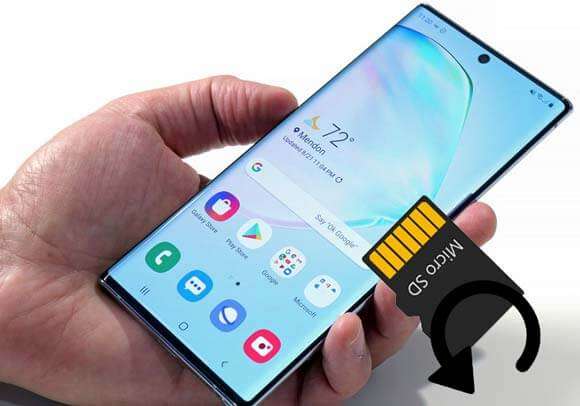
Well, the good news is that in many situations, it's possible to get back files that were deleted from an SD card. When you delete a file from an SD card, it doesn't get removed right away. Instead, the space it used is just labeled as free, ready for new data. As long as new data hasn't filled that space, there's a chance to get back the deleted files.
This is where special software for recovering files from SD cards on Android devices can help. These SD card data recovery software for Android tools are made to look deeply into the SD card's storage, finding and putting back together files that the device can't see anymore but are still on the card.
Using this kind of SD recovery software for Android, people can often get back photos, videos, documents, and other types of files that they thought were gone for good.
It's important to note that the success of recovery depends on several factors:
- Time elapsed since deletion: The sooner you attempt recovery, the better your chances of success.
- Usage after deletion: If you've continued to use the SD card after the data loss occurred, you may have overwritten some or all of the deleted files.
- The cause of data loss: Some causes, like accidental deletion, are easier to recover from than others, like severe physical damage.
Also, removing the SD card use immediately after realizing data loss gives you the best chance at recovery. Every write to it may overwrite deleted data, diminishing the prospect of recovery. In this regard, you should first shut down your Android device and then take out the SD card. Do not save any new data on the card until you have tried recovering it.
Though there are loads of SD card recovery apps in the Google Play Store for Android, a computer-based solution is almost always best for more thorough and reliable recovery. Such desktop applications usually come with more complex algorithms, thus they do a deeper scan to increase your chances of recovering your lost files.
In the next section, we'll walk through the process of using one such reliable SD card data recovery software for Android to retrieve your lost data from an Android SD card.
How To Recover Deleted Files From SD Card on Android
When it comes to recovering deleted files from an SD card used in an Android device, one of the most effective tools available is Wondershare Recoverit Data Recovery Software. This powerful application offers advanced data recovery capabilities that can help users retrieve a wide variety of file types with ease.
Before we dive into the step-by-step recovery process, let's take a look at what makes Recoverit SD card data recovery software for Android stand out:
| Feature | Description |
| Supported File Types | Supports all common file types, including Photos, videos, documents, audio, and more. |
| Recovery Scenarios | System Crash, Accidental deletion, formatting, virus attack, etc. |
| Scan Depth | Deep scan and quick scan options are available |
| Preview Function | Provides an option to preview the file’s content after recovery before you can save it. |
| Success Rate | High recovery success rate of up to 99.5%. Even works well with severely corrupted data |
| Ease of Use | User-friendly interface. Ideal for beginners as well. |
| Compatibility | Works with various storage devices, including SD cards, USB drives, and hard disks |
| OS Support | Compatible with Windows and Mac operating systems |
Now that we have an understanding of the tool we'll be using, let's walk through the recovery process step by step.
Step 1: Take out the SD card from your phone and plug it into your computer. You can use the computer's built-in card slot or a separate card reader if your computer doesn't have one. If you can't remove the SD card, connect your phone to the computer with a USB cable and enable "File Transfer" mode.
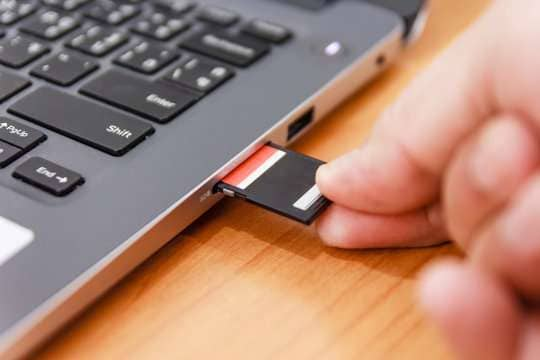
Step 2: Open Recoverit Data Recovery Software on your computer. Select the SD card drive placed under the SD Card section. Click "Scan" to begin scanning.
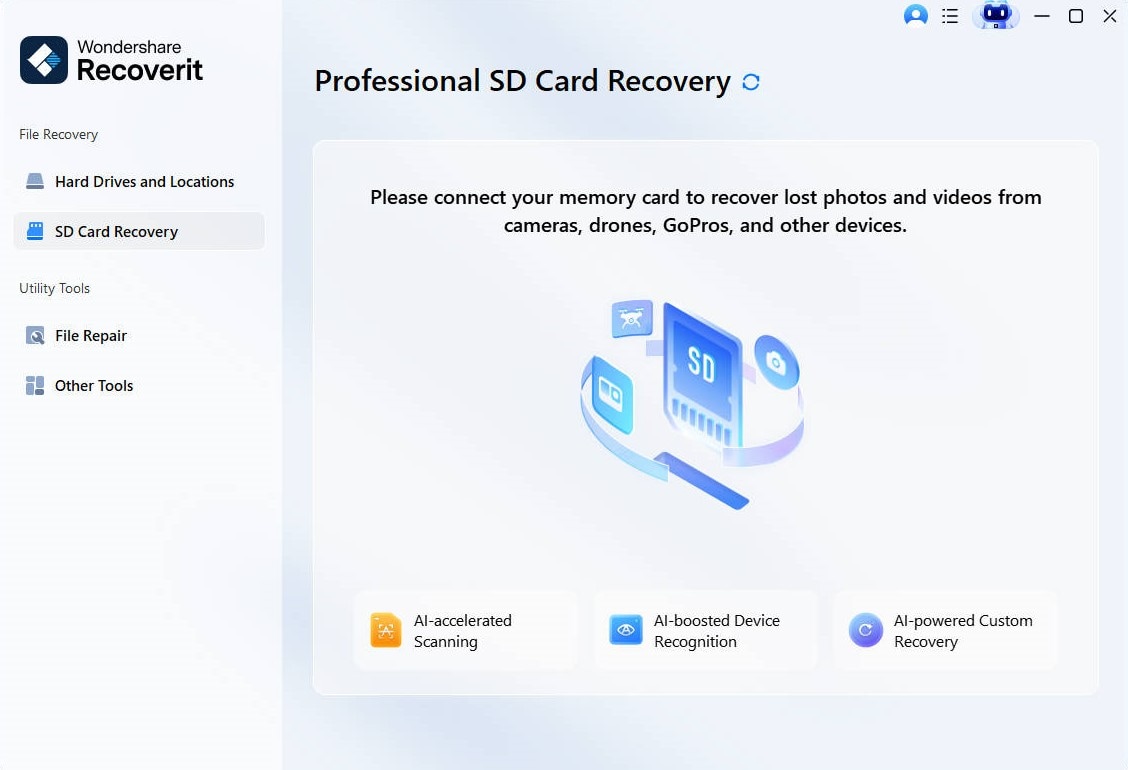
Step 3: Wait for the scan to complete. This may take several minutes. Browse through the list of found files. You can even filter the scan results based on file type, file size, and so on.
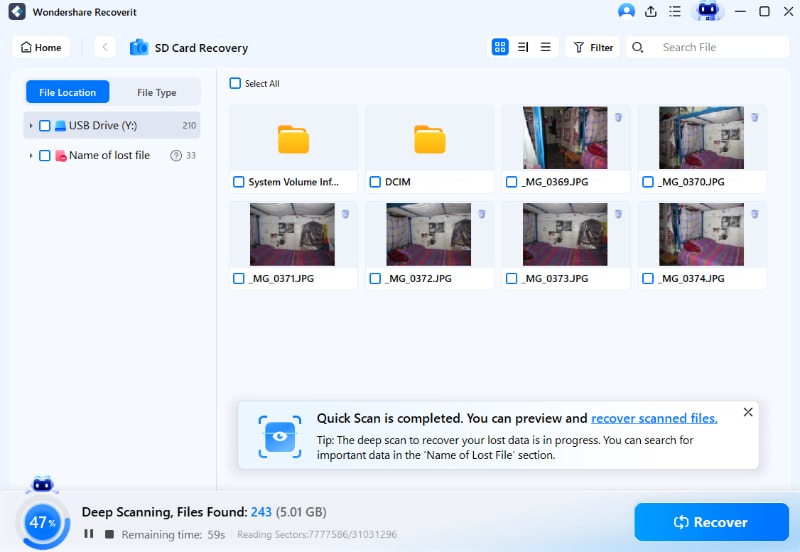
Step 4: Select the files you want to recover. Click the "Recover" button. Choose a destination folder on your computer to save the recovered files.

Step 5: Wait for the recovery process to finish. Check the recovered files to ensure they're intact.
And that’s it! Using the Recoverit SD card recovery app for Android is simple, isn’t it? By following these simplified steps, you can quickly attempt to recover lost data using Recoverit SD card data recovery software for Android.
After the recovery process is complete, navigate to the destination folder you chose and verify that your files have been successfully recovered. It's a good idea to check the integrity of the recovered files by opening them to ensure they're not corrupted.
Conclusion
Loss of data on an SD card can be very depressing, but more often than not, with the proper tools and knowledge, you can recover your vital files. If you are aware of the causes of data loss, act fast right after its occurrence, and use reliable SD card data recovery software for Android like Recoverit, then the chances of recovery will be more likely.
Be always careful with your SD cards and have regular backups so that a possible data loss incident in the future is prevented.
FAQ
-
Should I use my SD card if I want to recover data?
It is strongly advisable to stop using the SD card immediately if you want to recover data from it. Continuing to use the card can have serious consequences for your data recovery efforts:
1.Overwriting: This is because the space occupied by deleted files is marked as available for new data;
2.File system changes: Using the card might cause changes to the file system, potentially making it more difficult for recovery software to locate and reconstruct your lost files;
3.Further corruption: If the initial data loss was due to file system corruption or other logical errors, continued use could exacerbate these issues, making recovery even more challenging;
4.Reduced recovery chances: The more you use the card after data loss, the lower your chances of successful recovery become.Instead of using the card, remove it from your device as soon as you realize the data has been lost.
If you need to continue using your device, consider using a different SD card or internal storage until you've attempted recovery on the affected card. -
Can I recover data from a physically damaged SD card?
Recovering data from a physically damaged SD card is much trickier and less likely to succeed than recovering from logical errors. If your card is visibly damaged like bent, cracked, or water-damaged, software recovery tools probably won't work.
In this case, your best bet is to seek help from a professional data recovery service.However, this option can be expensive and doesn't guarantee success. To avoid this situation, always handle your SD card carefully and keep backups of important data. -
How long does it take to recover deleted files on an SD card?
The time it takes to recover deleted files from an SD card can vary significantly depending on several factors:
1.Size of the SD card: Larger capacity cards will generally take longer to scan and recover files from;
2.Number of files: The more files you're attempting to recover, the longer the process will take;
3.Type of scan: A quick scan might take only a few minutes, while a deep scan could take several hours;
4.File system complexity: More complex file systems or those with a high degree of fragmentation may take longer to analyze;
5.Computer performance: The speed of your computer's processor and the type of connection (e.g., USB 2.0 vs. 3.0) can affect recovery time;
6.Recovery software efficiency: Different recovery tools may have varying scanning and recovery speeds.The actual file recovery process after scanning is usually quicker, typically taking a few minutes to an hour depending on the amount of data being recovered.
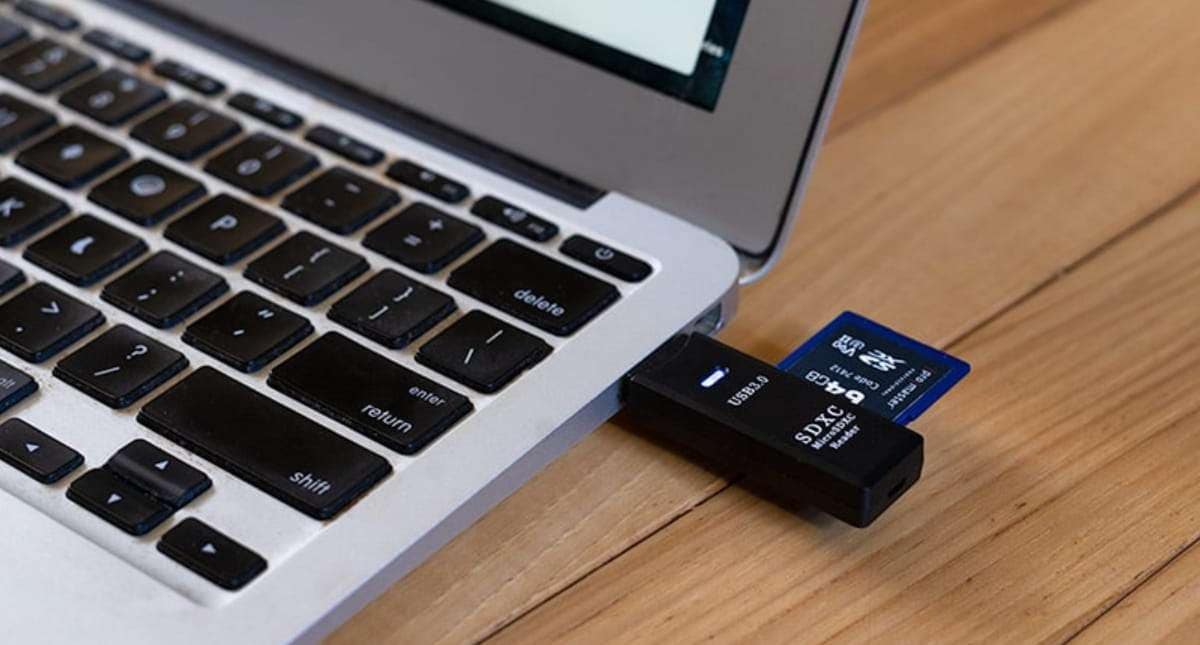


 ChatGPT
ChatGPT
 Perplexity
Perplexity
 Google AI Mode
Google AI Mode
 Grok
Grok























